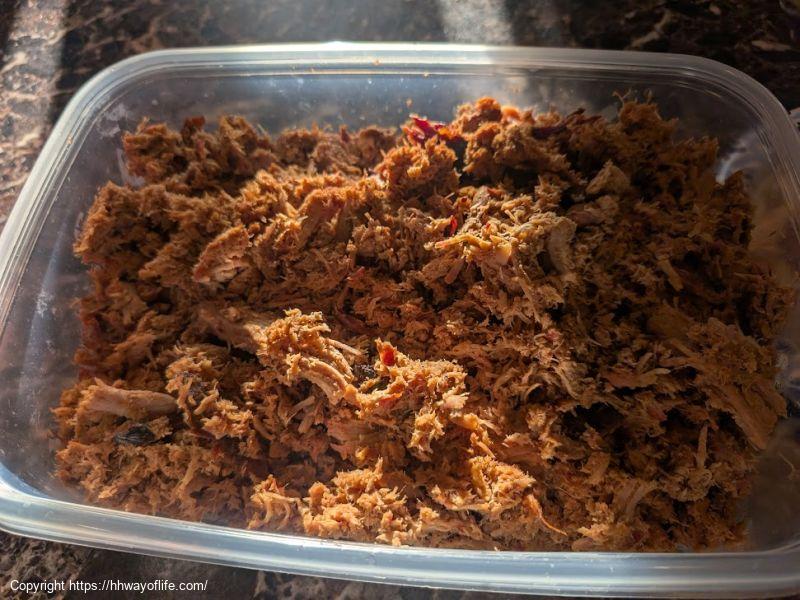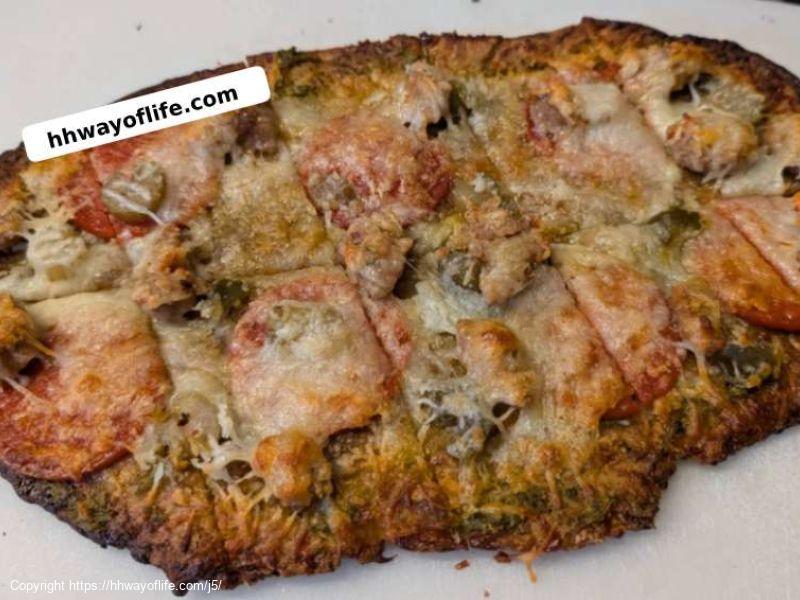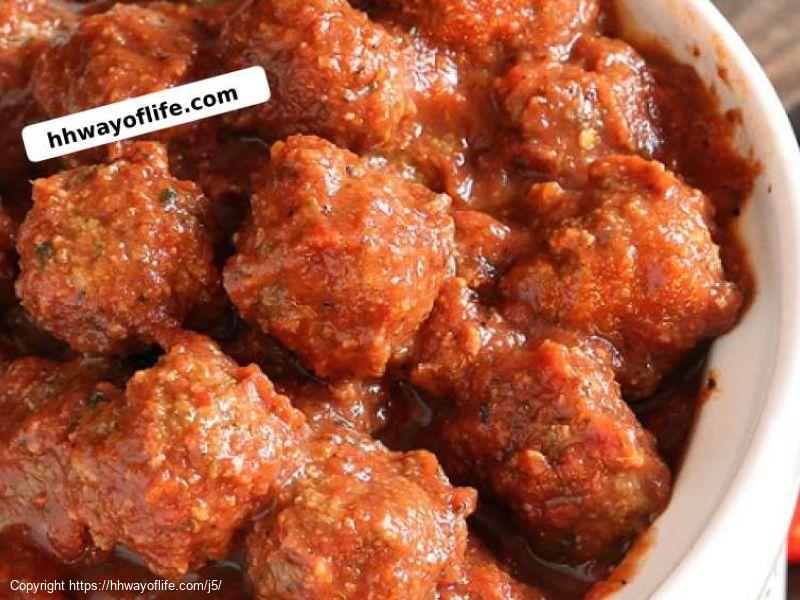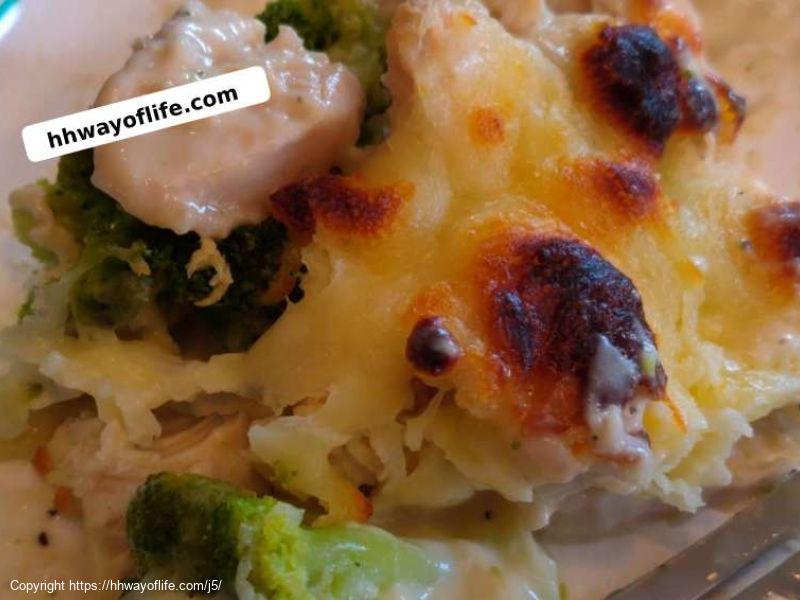Food Nutrition Facts
Nutrition Facts For
String Cheese
Portion Size: 1 Stick
| Nutrient | Value | % Daily Value* |
|---|---|---|
| 80.0 kcal | 4% | |
| 6.0 g | 1% | |
| 3.5 g | 0% | |
| 0.0 mg | 0% | |
| 200 mg | 9% | |
| 24.0 mg | 1% | |
| 0.0 g | ||
| 0.0 g | ||
| 0.0 g | ||
| 0.0 g | ||
| 7.0 g | ||
| Cheese |
*Daily value based on a 2,000 calorie diet. Your daily values may be higher or lower depending on your calorie needs and health goals.
Calculate your daily calorie needs here
Nutrition Facts For 1 Stick of String Cheese
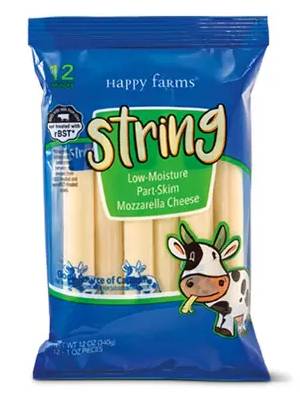
String cheese is a type of cheese where the manufacturing process aligns the milk proteins, giving it a stringy texture that allows it to be peeled into individual strands.
Here's a breakdown of its key characteristics:
- Appearance: Typically comes in cylindrical sticks, often individually wrapped for convenience.
- Texture: The defining characteristic is its stringiness. It's firm yet flexible, allowing it to be easily pulled apart into thin, edible strings. It can also be described as chewy and slightly rubbery.
- Flavor: Most commonly has a mild, milky flavor, especially when made from mozzarella. However, the flavor can vary depending on the type of cheese used and any added seasonings.
Key Aspects:
- Made from: The most common base for American string cheese is low-moisture part-skim mozzarella. However, string cheese can also be made from other cheeses like cheddar, provolone, or a combination.
- How it gets stringy: The stringy texture is achieved by heating the cheese curds to around 140°F (60°C) and then stretching and kneading them. This process aligns the milk proteins in a way that allows it to be pulled apart in strings. This technique is known as "pasta filata."

